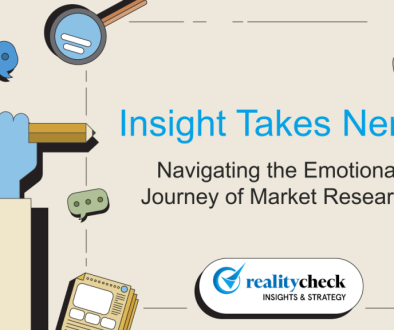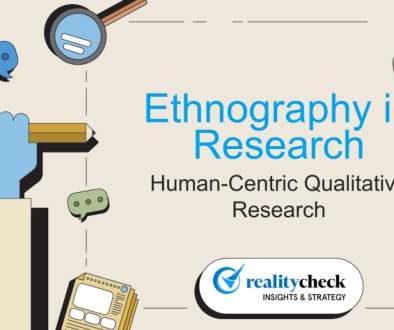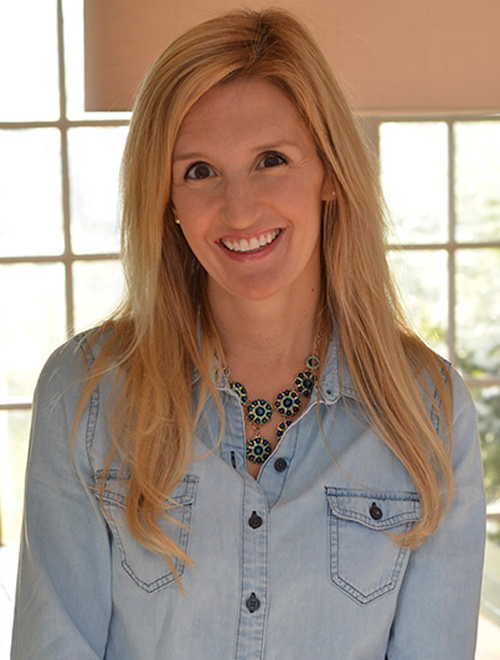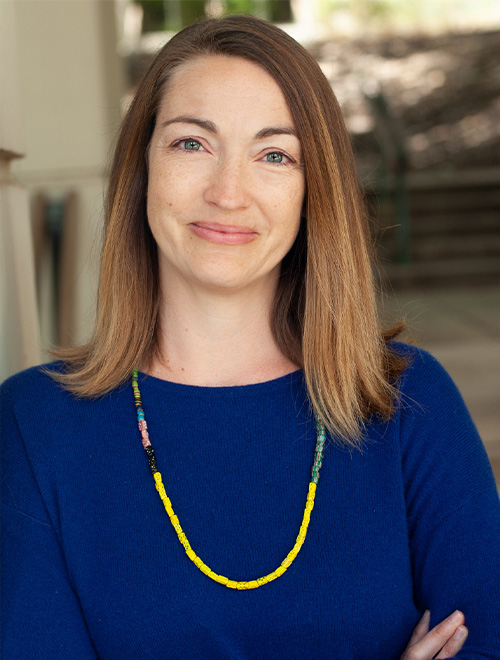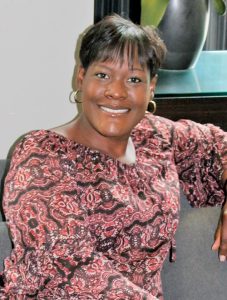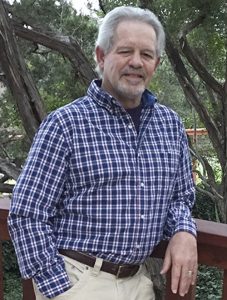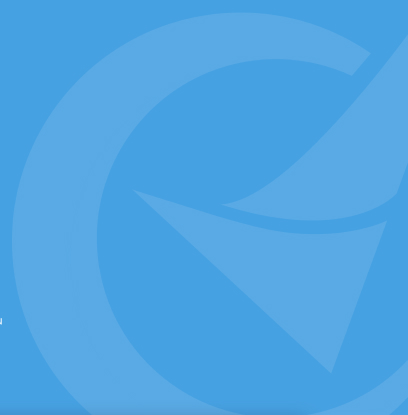Starting Your Research the Right Way – With the Right Question
Starting Your Research the Right Way – With the Right Question
In Brief
Before starting any research project there is one deceptively simple question that makes all the difference:
“What decision will this research help you make?”
This foundational question brings clarity to your objectives, sharpens your methods, and ensures the results drive action rather than just insight. In this post we explain why this question matters, how to operationalize it, and how RealityCheck embeds it into every engagement.
The Cost of Starting Without a Destination
Often research projects begin under a flurry of assumptions and ill-defined goals:
• “Let’s understand which concept people like best.”
• “Let’s explore this audience segment.”
• “Let’s learn about our consumers.”
These are activities, not decisions, and they create risk:
• Time spent without direction – You capture responses that don’t inform anything strategically.
• Shallow insight – You learn what people say but not what they will do.
• Low buy-in – Findings become “nice to know” not “need to use.”
When you begin with activity instead of intent, clients often end up with post-research regret evident in dashboards unread and insights unused.
The Power of Questioning Your Question
When kicking off a research project, it might seem to make a lot of sense to ask, “what do we want to learn?” But “what do we need to decide?” is the more powerful question.
Research experts across disciplines, including those focused on evidence-based approaches, recommend reverse-engineering your objective: first define the outcome.
The Harvard Business Review makes a similar point: better questions support better decisions. Their models for investigative and interpretive questions help teams clarify purpose before research begins.
What Decision‑First Research Looks Like in Practice
Define the Decision Clearly
Example: “We need to decide whether to move forward with concept A, B, or C” instead of “Which one do people like?”
Clarify Success Signals
What would shift us toward choosing A? What would cause us to pause?
Reframe Question Focus
Instead of “Do people like this?” ask “What emotions or concerns might help or hinder people adopting this concept?”
Build Method to Decision
Recruit participants whose opinions matter. Structure discussions to tease out barriers, motivations and trade‑offs that inform the decision.
Decision‑Focused Recruiting Guides and Analysis
Sharper recruiting
You screen for people whose feedback matters in the decision such as current users lapsed customers or strategic personas
Focused discussion guides
You probe around decision criteria such as affordability usability or trustworthiness not just appeal
Targeted synthesis
Your final report organizes around decision triggers. Example: “This feature drives preference. This barrier undermines adoption.”
Research design should feel like a funnel one that starts with the big decision and guides stakeholders toward a conclusion.
Why This Approach Works
Clarity = Actionability
When research maps directly to decisions, recommendations land fast. Clients don’t say “Interesting” they say “What’s our next move?”
Efficiency = Insight Quality
Focused work means better time use. You don’t wander through tangents. Your time and budget drive decisions.
Alignment = Ownership
When stakeholders articulate their decisions upfront they own the outcome. Insights become shared momentum.
Integrating Theory and Creativity
We don’t stop at decision alignment We layer in intentional creativity informed by theory:
• We surface potential tensions using frameworks such as Jobs‑To‑Be‑Done or Outcome‑Driven Innovation
• We use question types classified in strategic inquiry such as investigative speculative or interpretive
• We design methods such as metaphor probes narrative elicitation or situational tasks to dig deeper than preference polling
It’s not just about what we ask but how we ask it with alignment design thinking and theory driving transformation.
How RealityCheck Embeds This Approach
We lead with “What decision” in kickoff calls. If clients are not asking that it’s our job to ask it.
We align learning objectives to decisions. For every key decision identified we define two or three signals that research must detect.
We design to decide. Discussion guides sampling frames and analysis frameworks tie back to those signals and choices they influence.
We check before fieldwork. Mid‑project checkpoints ensure we are uncovering the right signals and still aligned with the decision focus.
We deliver with clarity. Final outputs are structured around decision paths—no data dumps or theme lists but insight‑action vignettes ready for briefing or next steps.
Decision‑Driven Research in Action
Scenario – CPG brand launching a functional beverage
Original brief – “Which design concept do people prefer?”
RealityCheck pivot – “What design elements best communicate our strategy?”
Research then focused on identifying the visual and verbal elements that best communicated key strategic meanings. Insights were used to optimize package designs prior to quantitative testing.
The Question That Starts it All
Before you brief, pause. Ask:
“What decision do we need to make after this?”
If you can answer that, the research scope method and questions become clearer, sharper and more purpose‑driven.
If not, let’s talk. We can help you start with clarity so research ends with impact.

![[TEMPLATE] Blog Post Title Slides [TEMPLATE] Blog Post Title Slides](https://realitycheckinc.com/wp-content/uploads/2025/07/TEMPLATE-Blog-Post-Title-Slides.png)
![[TEMPLATE] Blog Post Title Slides [TEMPLATE] Blog Post Title Slides](https://realitycheckinc.com/wp-content/uploads/2025/05/TEMPLATE-Blog-Post-Title-Slides-1024x576-394x330.png)
